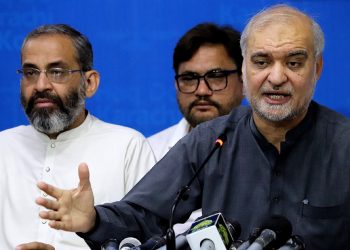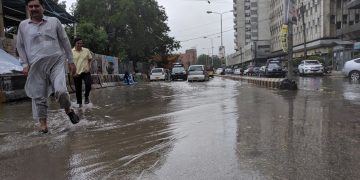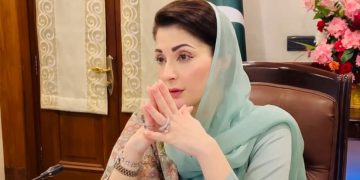The State Bank has decided to raise the key interest rate by 100 basis points, taking it to 17 percent, the highest since October 1997. Despite the recent sharp increases in interest rates, the exchange rate remained unaffected because importers’ continued demand for dollars put the local currency under persistent pressure.
In his maiden monetary policy press conference after assuming charge in August, SBP Governor Jameel Ahmad revealed that the committee has observed that “inflationary pressures are persisting and continue to be broad-based”.
The central Bank Governor said that if these remain unchecked, they could feed into higher inflation expectations over a longer than-anticipated period therefore the MPC stressed that it is critical to anchor inflation expectations and achieve the objective of price stability to support sustainable growth in the future.
The State Bank of Pakistan has been delivering policy rate increases since September 2021 with a key objective to check the surging inflation — which reached over 23% in December— and slowing the economy by reducing imports, which grew despite several measures.
A high interest rate has a direct effect on the exchange rate since it increases the cost of borrowing for importers and other buyers, which reduces demand and causes the dollar to weaken. As a result, in order to pay their import expenditures, importers are forced to take out more expensive bank loans and buy dollars at higher rates.
Despite this double negative impact, the country’s imports showed no respite and soared to $80 billion in FY22.
It is noteworthy that monetary tightening is taking place when most economic indicators appear to be in free fall. High frequency data shows a persistent downturn in growth, including cement shipments, fuel sales, vehicle demand, consumer credit off take, and large-scale manufacturing (LSM). It is not unexpected that GDP predictions for FY23 have an average growth rate of less than 1.5% when you consider supply chain disruptions, plant closures, and job losses.
The government has struggled to control inflation and domestic demand despite severely restricting imports in the face of an unprecedented external crisis brought on by declining foreign exchange reserves, drying dollar inflows, and a deteriorating fiscal position. The rupee has weakened despite the narrowing gap of the current account.
However, the inflation that has wreaked havoc on homes over the past few years cannot be contained by monetary tightening alone. As the SBP emphasized in its monetary policy statement, the fiscal authorities must do their bit by maintaining fiscal discipline to complement monetary tightening, which would collectively aid preventing an entrenchment of inflation and lessen external vulnerabilities.

























